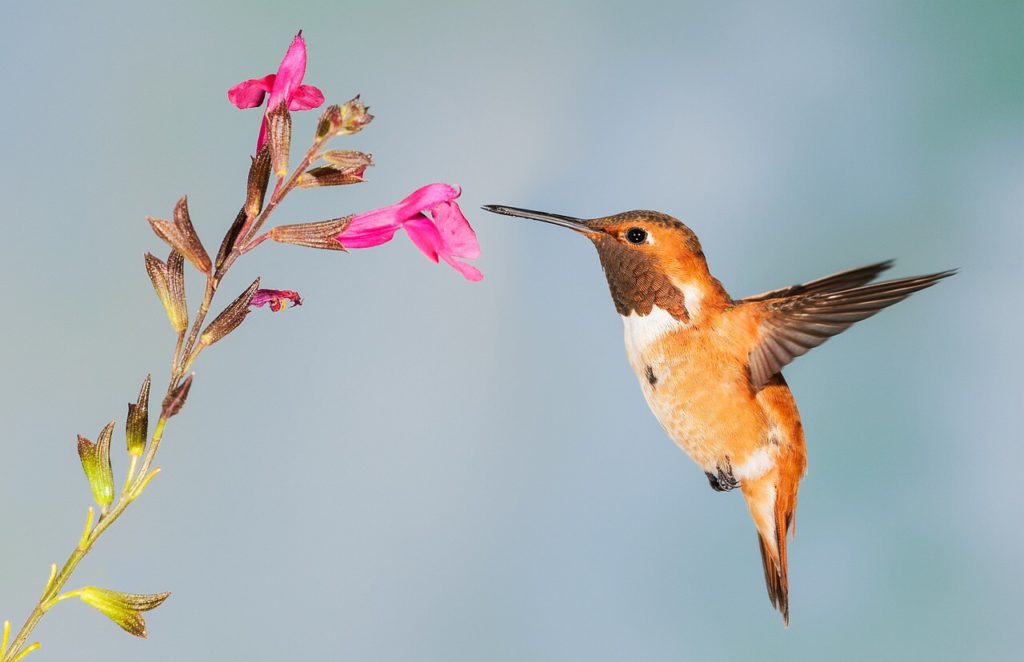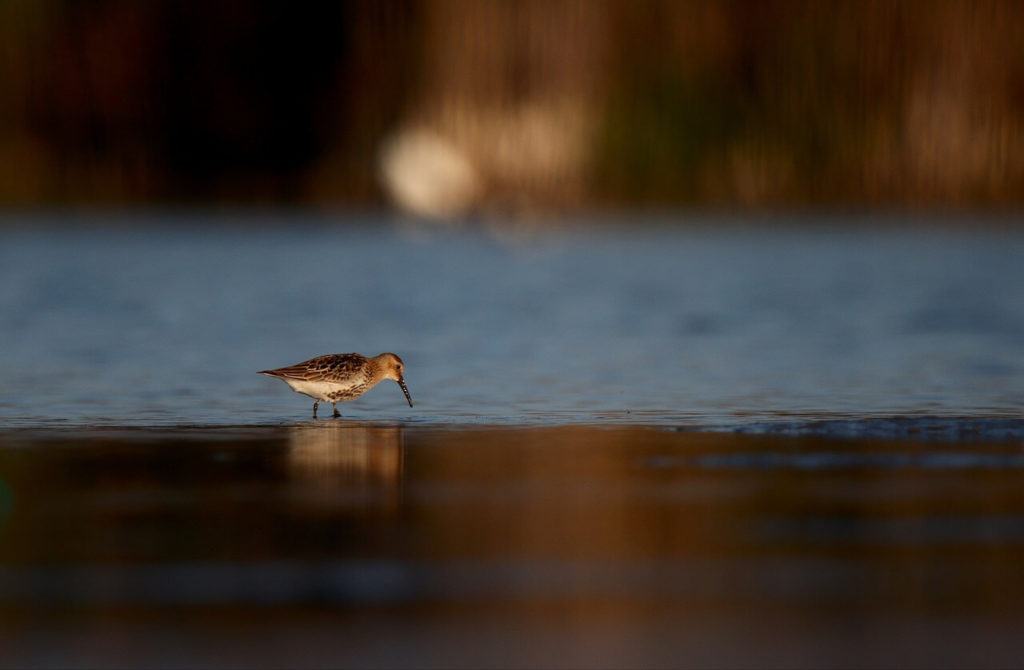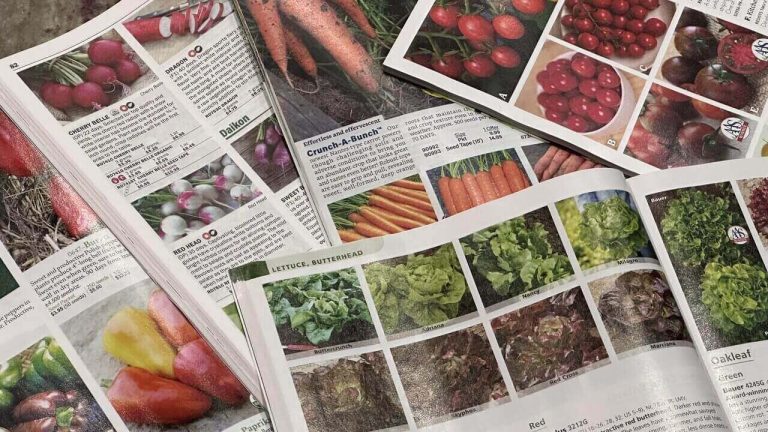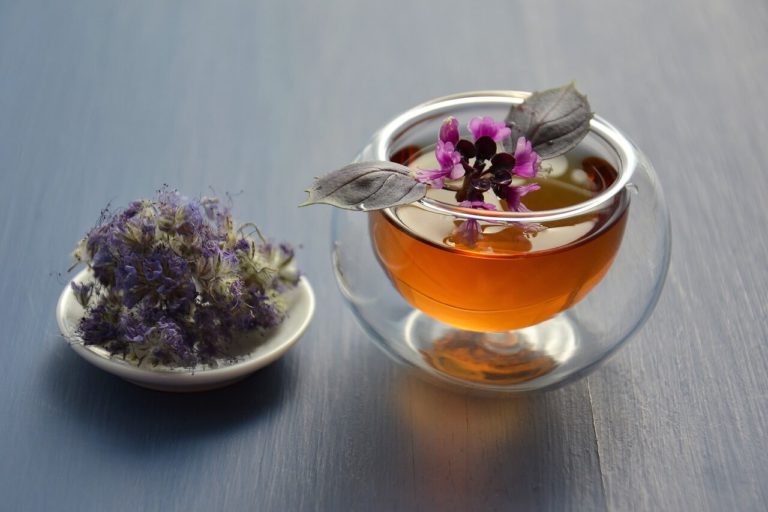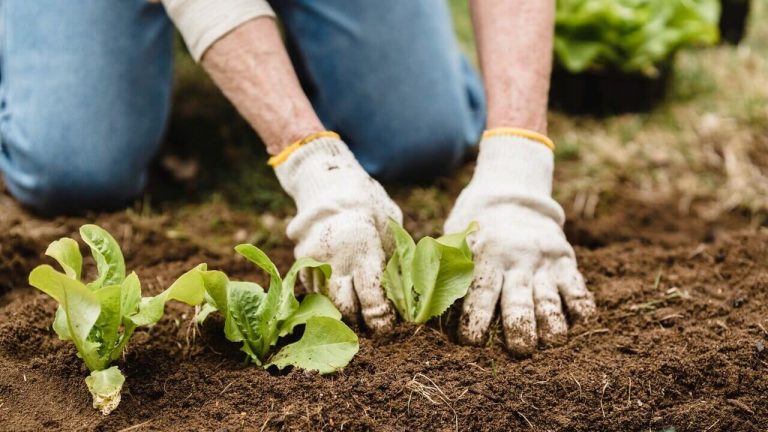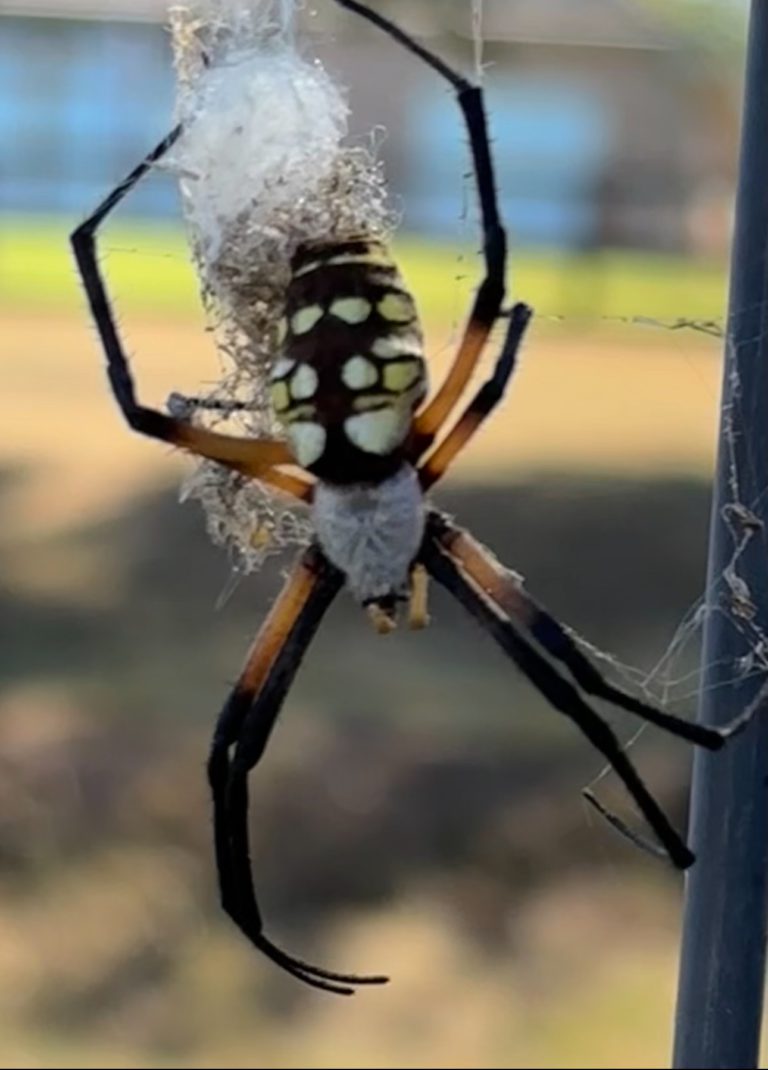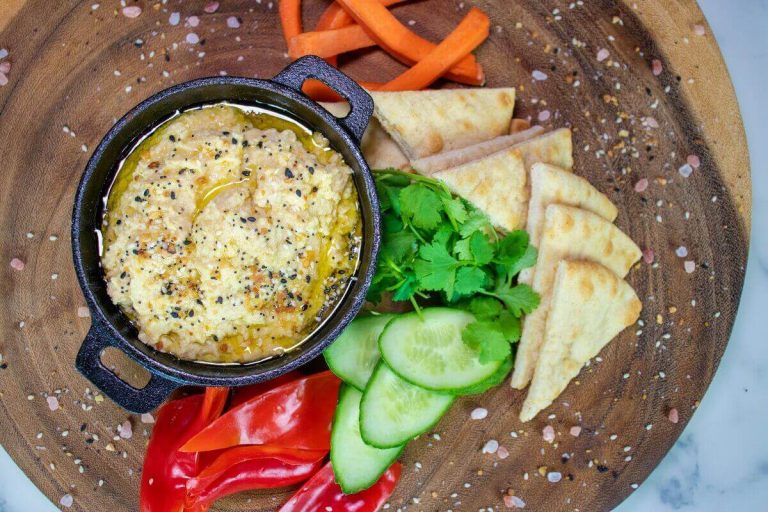Hummingbird Gardens are Easy to Create
Creating hummingbird gardens is easy and enjoyable. Hummingbirds are some of the most fascinating creatures in the bird world. They are known for their dazzling colors, incredible agility, and unique behavior. Often they weigh less than a nickel. And while most species are found in tropical regions, they are native to the Americas.
Despite their small size, hummingbirds possess remarkable strength and stamina. They can beat their wings up to 80 times per second, which allows them to hover in place and even fly backward—an ability unique among birds. Their vibrant plumage, which can shimmer in the sunlight due to the microscopic structures on their feathers, adds to their allure. This makes them a favorite among birdwatchers and nature enthusiasts.
Hummingbirds have an extraordinary metabolism that requires them to feed almost constantly. In a single day they consume up to half their body weight in nectar. In addition to nectar, they feed on insects and spiders, providing essential proteins and nutrients.
These magnificent birds not only play a vital role in the reproduction of many flowering plants as important pollinators but also add a touch of natural beauty and wonder to any garden they visit.
If you want to attract hummingbirds, make sure your yard and gardens are hummingbird friendly.
Add Homemade Nectar to a Hummingbird Feeder
While you can purchase commercial hummingbird nectar to add to a feeder, homemade recipes are often more desirable. You might discover that when you make it yourself, you get more hummingbirds in your yard, and they seem to enjoy it more.
To make your nectar, use four parts water and one part sugar. Boil the water and sugar for a couple of minutes, then let it cool.
Once cool, add it to a container and gradually pour some into the feeder. Do not use any artificial sweeteners for the nectar. Also, avoid adding food coloring as it isn’t necessary.
Plant the Right Flowers and Shrubs for Hummingbird Gardens
Aside from providing homemade nectar in a feeder, the next best thing is to plant a hummingbird-friendly garden. This includes choosing various flowers, plants, trees, and shrubs that hummingbirds tend to be attracted to.
Some perennial flowers that benefit hummingbirds are foxglove, bee balm, cardinal flowers, and coral bells. You might want to plant annuals such as petunia, fuchsia, jewelweed, and fire spike.
Plants and shrubs that attract hummingbirds include butterfly bush, azalea, cape honeysuckle, mimosa, and red buckeye. Additionally, morning glory, coral honeysuckle, cypress vine, and trumpet creeper are recommended for hummingbird gardens.
Some flowering herb varieties, such as Bee Balm, Salvia, Basil, and Chives, may also attract hummingbirds. Although hummingbirds do not typically search out vegetables, they enjoy the insects and spiders attracted to vegetable gardens.
Keep Only Fresh Blooms Out
A popular way to encourage hummingbirds to visit your hummingbird gardens is by deadheading. This means you remove old blossoms and keep only fresh ones.
Keep an eye on your different flowers and bushes and remove blooms as soon as they have started to wilt. Doing this ensures the other blooms continue flourishing and have proper nectar for the birds.
Hummingbirds much prefer yards with multiple sources of nectar. The plant will start producing more seedheads and blooms than it would otherwise.
Remember to take good care of these plants and flowers and don’t forget to fill the hummingbird feeder with plenty of nectar.
Place bird feeders at the back of the yard to avoid scaring them away from humans. Placing them too close to the patio might deter the birds from coming near.
Attracting hummingbirds to your yard with these methods will allow you to explore more of nature in the comfort of your own yard.
Make Your Garden a Hummingbird Haven
To go all out and make your yard uber-appealing to hummingbirds, consider making these additions and changes to your garden.
- Provide Water Sources – Hummingbirds are attracted to water, especially moving water. Consider adding a small fountain, mister, or birdbath with a gentle drip feature in your yard. This not only provides a drinking source but also a place for hummingbirds to bathe.
- Create a Safe and Comfortable Environment – Hummingbirds are tiny and vulnerable to predators. Planting dense shrubs or trees nearby can provide them with a place to hide and feel secure. Ensure your yard is free of pesticides and harmful chemicals that could deter or harm hummingbirds.
- Offer Perches – Due to their high metabolism, Hummingbirds need to rest frequently. Providing perches like small branches, trellises, or wires near feeding and water sources gives them a place to sit and survey the area.
- Timing and Placement of Feeders – Consider the timing of when you place your feeders. Set them out early in the spring before the hummingbirds arrive in your area, and leave them until late fall, even if you see fewer birds. Also, placing multiple feeders around your yard, especially if spaced out, can prevent territorial behavior among the birds.
- Use Color to Attract Hummingbirds – Hummingbirds are naturally drawn to the color red. While adding food coloring to the nectar is unnecessary, you can incorporate red elements in your yard, like red flowers, feeder parts, ribbons, or even garden decorations to catch their attention.
- Regularly Clean Feeders – To keep hummingbirds coming back, it’s critical to keep their feeders clean. Dirty feeders can harbor mold or bacteria, which can harm hummingbirds. Clean feeders thoroughly with hot water and a mild soap every few days, especially in warm weather.
- Planting in Layers – Design your garden with layers of plants at different heights. Hummingbirds enjoy flying between various levels of foliage, so having tall trees, medium-height shrubs, and low-growing flowers creates an appealing environment.
- Incorporate Native Plants – Native plants are especially effective at attracting local hummingbirds since they have evolved alongside them. Research native species in your area that are known to attract hummingbirds, as they often provide the most reliable source of nectar and support local ecosystems.
- Attract Insects for Protein – While nectar is their primary food source, hummingbirds also need protein, which they get from small insects and spiders. Avoiding pesticides and planting insect-friendly plants can encourage a healthy insect population in your yard, making your garden even more appealing to hummingbirds.
- Create a Hummingbird-Friendly Landscape Design – Consider the overall layout of your yard. Designing it with meandering paths, varying flowerbeds, and garden sections dedicated to hummingbird-friendly plants can make the space more inviting and encourage longer visits.
Attracting hummingbirds to your yard is a rewarding experience that brings the joy of nature closer to home.
By following these tips and creating a welcoming environment, you can enjoy these incredible birds’ vibrant colors, mesmerizing flight, and delightful presence.
Whether you’re a seasoned gardener or new to birdwatching, the effort you put into making your yard hummingbird-friendly will be well worth it as you watch these tiny, energetic creatures thrive in your backyard.
Kim Nelson is a Master Gardener, writer, and entrepreneur. Join her community to learn more about gardening.

